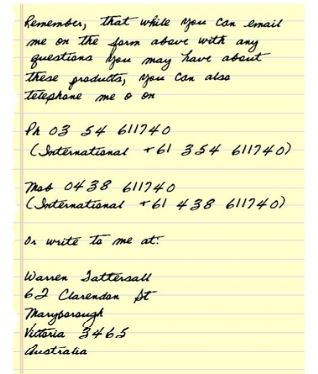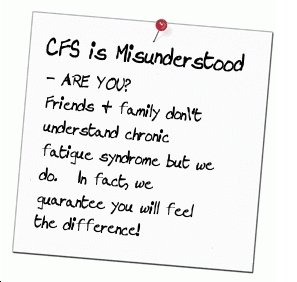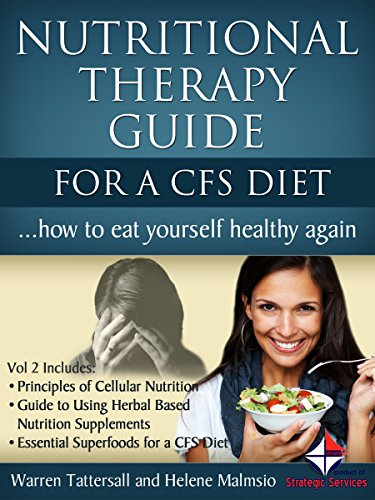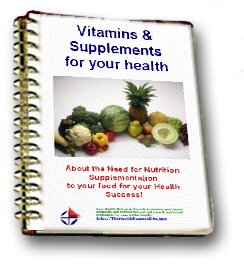14 Small Habits That Help You Lose Weight
Some adults lose weight through intermittent fasting or becoming a vegan. Others try to make such major changes, but they start missing their afternoon candy bar or craving butter. Pretty soon, they revert to their old habits and wind up gaining back the pounds they lost and more.
If you’re tired of watching your weight fluctuate, you may need a more gradual approach. Little changes can add up until you see a big difference on your bathroom scale.
In fact, minor adjustments are often more sustainable because they suit your lifestyle. See how easy it can be to slim down, starting with these simple things to incorporate into your diet and workouts.
Small Eating Habits That Help You Lose Weight:
1. Cook more.
Preparing your own food allows you to control the ingredients. Restaurant meals tend to have more calories, salt, and sugar. That’s true whether you’re eating at a fast food outlet or a fancy bistro.
2. Plan your meals.
Write out a menu for your daily meals and snacks. You’ll be able to tell at a glance if you’re getting all your required nutrients, and you’ll probably eat less.
3. Stock your kitchen.
Keep healthy snacks on hand, along with staples for light meals. You can make room for the good things by getting rid of junk food.
4. Increase your fiber.
Some studies suggest that eating more fiber is the single most significant change you can make in your diet. The top sources include split peas, lentils, and black beans.
5. Boost your protein.
Foods rich in protein fill you up and recharge your metabolism. Plus, your body has to burn more calories to digest them, compared to carbohydrates and fats. Include some protein in each meal and snack.
6. Eat breakfast.
Refueling in the morning helps to prevent excessive eating later in the day. Start out with something hearty and nutritious, like Greek yogurt with berries and nuts or a bean burrito.
7. Control portions.
Forbidden foods can become so tantalizing that they lure you off your diet. Reduce your serving sizes so you can enjoy your favorite treats without any guilt.
8. Focus on whole foods.
Make vegetables, fruits, and other natural foods the core of your diet. Cutting back on packaged items will eliminate most empty calories.
9. Drink water.
Quench your thirst with plain water and tea instead of beverages loaded with calories. Staying hydrated facilitates digestion.
10. Be mindful.
Slow down and pay attention to what you’re putting on your plate. You’ll enjoy your food more. You’ll also be more likely to notice when you’re full instead of continuing to eat more than you planned.
Small Workout Habits That Help You Lose Weight:
1. Be consistent.
A successful exercise plan is one that you can stick to. Select activities that you like and invite a friend to join you.
Aim for at least 250 minutes of moderate-intensity exercise a week if you’re trying to lose weight. That translates into about 35 minutes each day.
2. Build muscle.
Increasing your muscle mass enables you to burn more calories even when you’re at rest. Lift weights or do squats and pushups with your body weight.
3. Move your whole body.
Speaking of squats and pushups, devote most of your workout sessions to exercises that target your whole body. They’ll burn more calories than smaller movements like bicep curls.
4. Train in intervals.
High intensity interval training pays off. Alternate between brief bursts of intense activity and even briefer rest periods.
For example, run for a few minutes while you’re taking a walk.
Eat healthier one small step at a time. You can shed weight without disrupting your life or feeling deprived.
Learn more about your health online when you read the rest of our information here about: Choice of Diet Plans guide and also download the free health report available there!
Warren Tattersall has been a full time nutritional consultant for over a decade and works with people all over the world to help them improve their health, increase their personal energy levels and to use supplements to assist with diet related health issues.
Just send him a note on the form here - Contact Us - to request a personal no obligation one-on-one consultation with Warren
New order website for Australian customers:
For all the subscribers that don't want to talk to anyone, just want to buy their products direct, I'm creating these websites that process orders for you once you register with them.
The Australia GoHerbalifeSite is the first one completed, other countries will come along soon...
Australian customers: Click this link or tap on the banner below to check it out and get registered to place your orders... and remember your 15% discount code: HLIntro15

Did you find this post fun, informative and useful? If so, please share it with others!
If you have a comment, question or suggestion, please leave a comment below!
A Tasteful Guide to Dining Out with Food Restrictions
Eating out with food restrictions is becoming less of a challenge now that more restaurants are adapting to the growing number of customers with special needs.
Millions of Americans have food allergies, and the CDC estimates that allergies among children have increased 50% in recent years. Plus, millions more diners are managing diabetes, avoiding animal products, or seeking other accommodations.
Whatever your preference, you can dine out without ditching your meal plan or feeling conspicuous. Take a look at these tips for eating well when you're away from home.
General Tips
Clarity and tact will help you navigate food trucks and sushi houses. Educate yourself and work with the restaurant staff.
1. Call ahead.
Start the conservation while you're making reservations. Ask questions about the menu and making modifications.
2. Check online.
There's plenty of information available online. In addition to menus and contact information, there may be a corporate website for larger chains. Read online reviews to see what diners with similar diets think.
3. Be specific.
Your server may think regular cheese is low-salt and eggs are vegan. Spell out exactly what ingredients you want to avoid.
4. Go undercover.
Find out what's in the sauce or salad dressing. Learn the multiple names used for similar ingredients. Some restaurants even have special menus available by request for glucose-free dining or other needs.
5. Order creatively.
Tweaking the standard menu is often the easiest approach. One addition like beans or seeds can turn a salad into a meal. Multiple sides may make a satisfying main course.
6. Eat beforehand.
On the other hand, your options may be limited if you're attending a party at an oyster bar. In that case, enjoy a hearty lunch and devote the evening to conversation.
Dealing with Food Allergies
Allergies involve potentially severe autoimmune responses. Take extra care because previous experience is no guarantee that your next episode won't be more intense.
Fortunately, federal law requires clear labeling for ingredients related to the most common allergies.
Consider these strategies to help you avoid allergy-related emergencies:
1. Pick the place.
Larger restaurants and corporate chains often educate their staff on being allergy-friendly. They may also be trained on how to respond to emergencies.
2. Print out cards.
Carry business cards describing your condition that you can give to your server. It will enhance communications with the kitchen.
3. Bring medication.
Keep epinephrine and an antihistamine with you. Each second counts in an emergency.
4. Understand limitations.
There's only so much even the most diligent restaurant can do. Cross-contamination is common, and suppliers may change ingredients without giving notice. Play it safe if you have any concerns.
Dealing with Other Food Restrictions
Non-allergy food restrictions may involve practicing your values or avoiding digestive discomfort. Unlike allergies, you may be able to tolerate small amounts of the related foods.
1. Losing weight.
Downsizing portion sizes may allow you to sample any food you love. Look for words like grilled, baked, and boiled.
2. Controlling diabetes.
Time your meals so you stay on schedule, especially if you take medication. Focus on choices that fit your meal plan like low-calorie and low-fat meals.
3. Gluten-free.
Some foods are naturally gluten-free so indulge in plain meat or fish. Other meals may be adaptable like leaving the bun off your burger.
4. Vegan or vegetarian.
Ethnic restaurants often provide a variety of delicious choices for those who avoid most or all animal products.
Vegans may also want to double check processed foods that often contain skim milk protein or animal fats.
Try out that new Indian place or celebrate your parent's wedding anniversary at their favorite restaurant.
Whether you're allergic to nuts or cutting back on salt, you can dine out with food restrictions as long as you plan ahead and communicate clearly.
the A to Z directory of dealing with Health Problems & Self Care Strategies for natural remedies to your health issues.

Subscribe to get your weekly "Health Success Magazine" with a new complete & comprehensive Health Report in every edition!

to “Your Health Success”
our weekly F’R’E’E’ Newsletter
If you would like a free no-obligation private consultation or to contact Warren Tattersall for more information, please click here >> Contact Us

Click the books above to learn more about how we treat CFS naturally, to get your life back!
You will find many assorted Health Reports available for download free to you on this website!
Our free Health Success Reports are each available for you to download when you subscribe to receive them and their 7 part eCourse.
You can unsubscribe at any time, but we are sure you will want to receive all the email lessons of these informative ecourses.
Read more HERE to select the REPORT subjects of most interest (or concern) to you.









